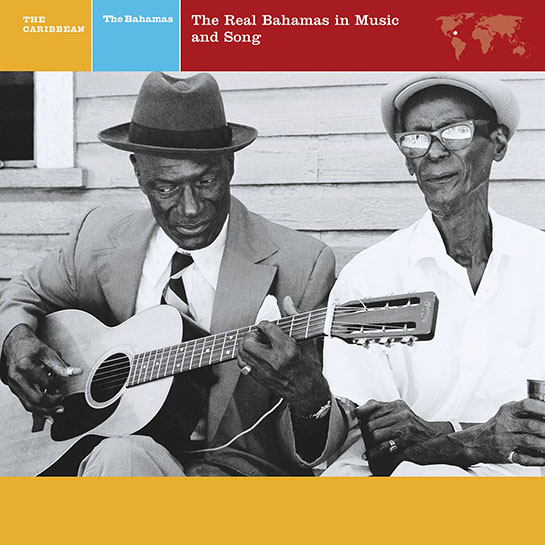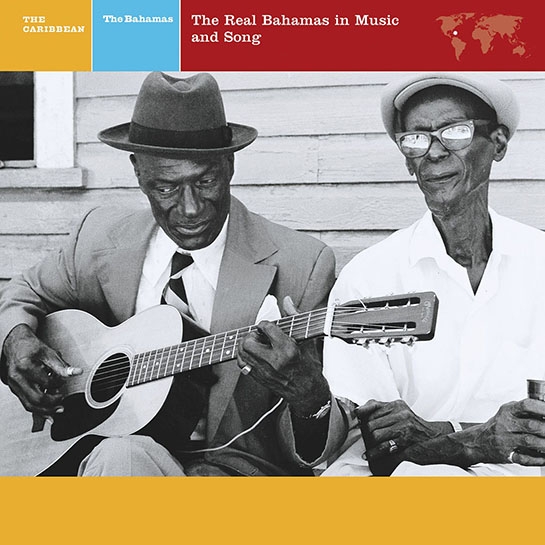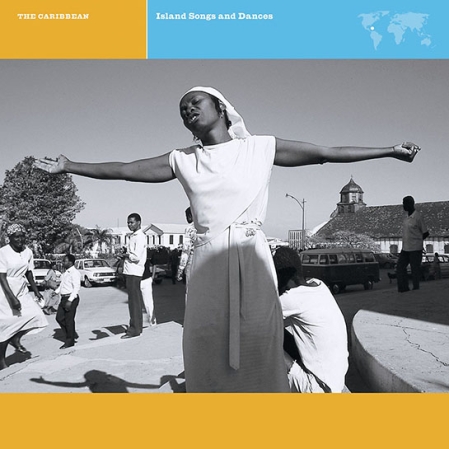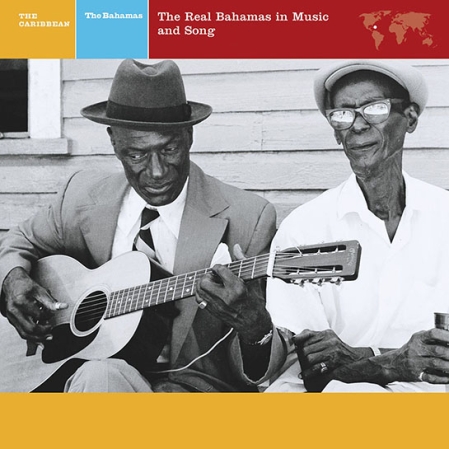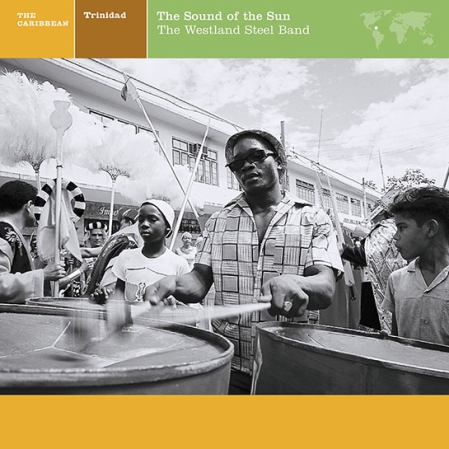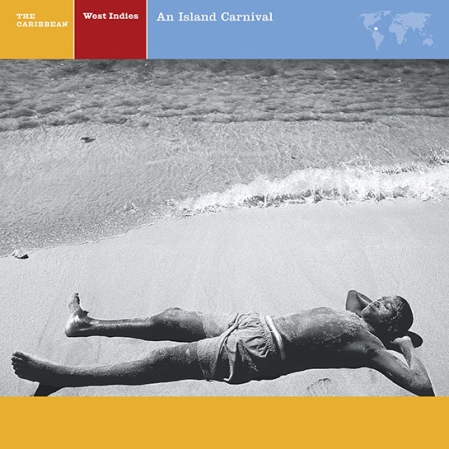This album presents the distinctive Bahamian religious vocal music of anthems and “rhyming spirituals,” which seem to combine the traditions of singing sermons, African drum and bell rhythms, and call-and-response; featuring Raymond Pinder and Joseph Spence, whom James Taylor, Ry Cooder, and Jerry Garcia have all claimed as an inspiration.
Most of the major Bahama Islands lie no further than 200 miles off the Florida coast. The United States has had generally a greater influence on the history and development of this British colony than did the Spanish-speaking Caribbean islands to its south and east. This is also true for most of the music of the Bahamas; certainly it is true in the case of the music presented in this album—the religious vocal music of “rhyming spirituals” and anthems.
The songs and the style heard here are the result of alternate periods of contact with and isolation from the United States mainland. The Bahama colony was established at about the same time as the Carolina colony: around 1670. Africans from many tribes—Ibos, Ijos, Yorubas, Mandingoes, Ashantis—were imported as slaves to both places, as well as to other British settlements in the New World. Whereas tribal identity quickly vanished in the mainland colonies, one’s awareness of a particular African heritage remained intact to a great extent in many of the European-colonized islands. This was so in the Bahamas, where the surrounding waters provided temporary insulation against outside influences; there is still an awareness of tribal distinction in some parts of the Bahamas. During the Revolution in the mainland colonies, a group of Loyalists left the Carolinas with their many slaves and settled on Abaco Cays in the Bahamas, where a number of freed slaves also had come to live. A vital new music had been developing in the Carolinas, as well as throughout the whole of the Southern plantation area. This music was now brought to the Bahamas, where a similar development may have been taking place. Here, the very old songs were preserved (and are in fact still sung), and a distinctly Bahamian style of singing developed simultaneously with the further development of the American Negro spiritual.
Emancipation came to the Bahamas in 1838; escaped slaves from the southern American states sought refuge in the free islands, particularly Andros, largest of the Bahamas. Until the end of the Civil War, there was a steady inflow of African-Americans to Andros and, with them, their songs. Isolation and poverty insured the preservation of these songs, so that Bahamian music today reflects many of the developments in mainland music that occurred over a very long period. We can hear in the older music of the Bahamas something that may be close to the very early plantation slave music.
The “rhyming spiritual” is the distinctive Bahamian type of religious song. “Rhyming” simply means intoning couplets against a melodic background of voices. (“Rhyme” here means “verse”—not necessarily coinciding final syllables.) The rhymer—the lead singer—sings a memorized or improvised rhythmic narrative part that continues to build in intensity while the other singers repeat a chorus behind him—that is, they sing the song. The rhyming style reached its greatest heights during the sponge fishing in the 1930s.
A West African tradition of singing sermons has been carried on, and further developed, in the New World. We can hear it in church services conducted by preachers who bring their congregations to heights of religious fervor by the gradual transition during the sermon from speech to song—song of tremendous intensity and power. Rhyming seems to be the combination of the traditions of singing sermons and African drum and bell rhythms. The rhythmic patterns in rhyming are also found in West African music. While there is still some drumming in the Bahamas, it had been forbidden in the mainland colonies and had to go underground. The intricate handclapping that developed in the Carolina and Georgia Sea Islands may be a compensation for lost bells and drums. In the Bahamas, where there is little handclapping, the singing sermon became the means for utilizing this and other rhythms. Other features of African music, such as the call-and-response vocal pattern, also found their way into Bahamian song.
JODY STECHER, 1966
Revised 1992, 2003
Recorded in the Bahamas by Peter K. Siegel and Jody Stecher
79725
